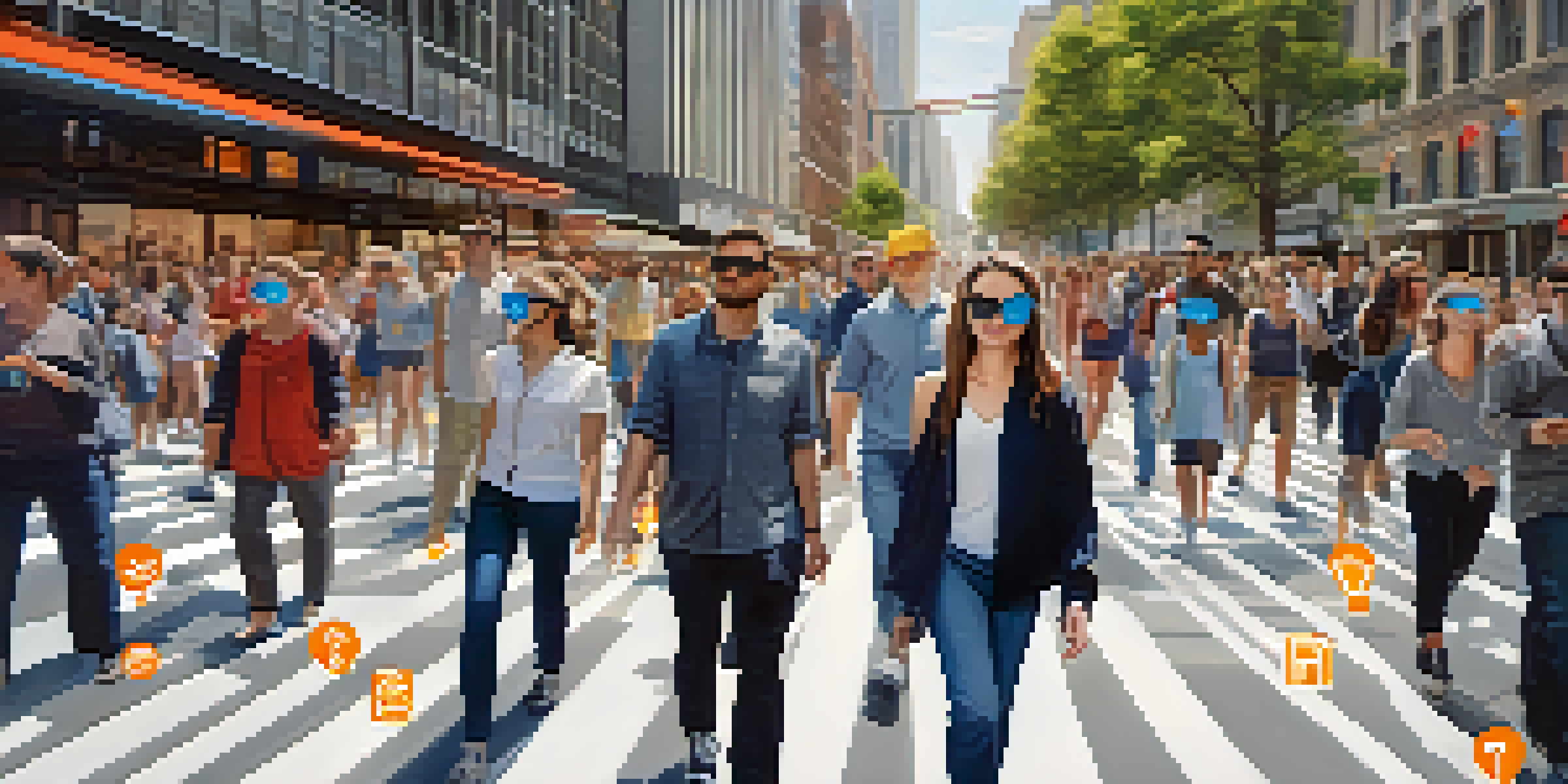Augmented Reality: Bridging Gaps for Disabled Users

Understanding Augmented Reality and Its Potential
Augmented Reality (AR) superimposes digital elements onto the real world, enhancing our perception of our surroundings. Imagine looking through your smartphone and seeing helpful information layered over the physical environment, guiding you every step of the way. This technology has immense potential, especially for disabled users, as it can provide tailored experiences that cater to individual needs.
How AR Can Assist Users with Visual Impairments
For individuals with visual impairments, AR can serve as a beacon of clarity. By using audio cues or tactile feedback, AR applications can describe surroundings, identify obstacles, or even read text aloud. For instance, a visually impaired person could use AR glasses that highlight important features in their environment, enhancing their ability to navigate independently.
AR Enhances Navigation for Disabilities
Augmented Reality provides tailored experiences that significantly improve mobility and navigation for individuals with disabilities.
Enhancing Mobility for Users with Physical Disabilities
Mobility can be a significant barrier for those with physical disabilities, but AR can help bridge that gap. Imagine a wheelchair user receiving real-time information about accessible routes or barriers ahead, allowing for smoother navigation in public spaces. By integrating AR with smart technology, we can create environments that adapt to and support users in their daily journeys.
Supporting Cognitive Disabilities with AR Tools
For individuals with cognitive disabilities, AR can simplify and enhance everyday tasks. Consider a person with memory challenges who uses an AR app to receive reminders about appointments or grocery lists popping up in their line of sight. This kind of assistance can empower users to maintain independence and confidence in their daily routines.
AR Supports Independence in Daily Tasks
For users with cognitive disabilities, AR tools offer practical assistance, helping them manage tasks like appointments and grocery lists.
AR and Hearing Impairments: A New Communication Era
For those with hearing impairments, AR can redefine communication through visual cues and transcriptions. Imagine being in a conversation where spoken words are instantly displayed as text in front of you, allowing for seamless interaction. This technology not only improves accessibility but also fosters inclusivity in social settings.
Real-World Applications of AR for Disabled Users
Numerous companies are already harnessing AR to improve accessibility for disabled users. For example, apps that provide navigation assistance in public transport systems can greatly enhance the travel experience. By showcasing successful case studies, we can see how AR is actively making a difference in people's lives.
AR Fosters Inclusive Communication
By utilizing visual cues and transcriptions, AR redefines communication for those with hearing impairments, promoting inclusivity in social interactions.
Challenges and Considerations in AR Development
While the benefits of AR are clear, developers face challenges in ensuring that these tools are universally accessible. Not all AR applications consider the diverse needs of disabled users, leading to gaps in functionality. It's crucial for developers to collaborate with disabled communities to create solutions that truly empower everyone.
The Future of AR in Accessibility: A Vision Ahead
The future of AR in enhancing accessibility looks promising as technology continues to evolve. With advancements in AI and machine learning, we can expect even more personalized experiences tailored to individual needs. By prioritizing accessibility in AR development, we can work toward a world where everyone, regardless of ability, can navigate their surroundings with confidence.